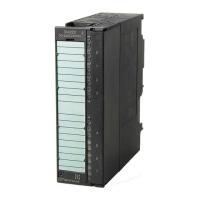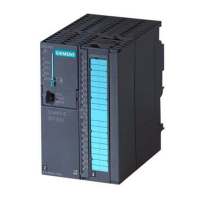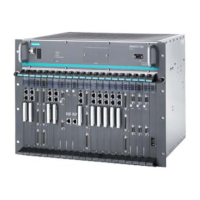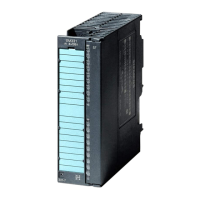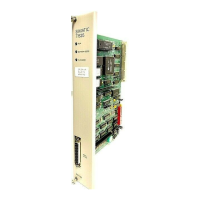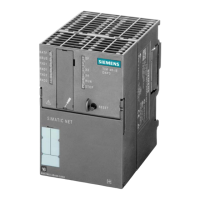Communication
14.7 Communication performance
S7-400H
System Manual, 03/2012, A5E00267695-11
255
)DXOWWROHUDQW&38
5HDFWLRQWLPH
&RPPXQLFDWLRQORDG
6WDQGDUG&38
Figure 14-21 Communication load as a variable of response time (basic profile)
Standard and fault-tolerant systems
The information above applies to standard and fault-tolerant systems. Since communication
performance in standard systems is clearly higher than that of redundant, fault-tolerant
systems, the saturation point is rarely reached in today's plants.
In contrast, fault-tolerant systems require synchronization to maintain synchronous
operation. This increases block execution times and reduces communication performance,
This means that performance limits are reached earlier. If the redundant, fault-tolerant
system is not operating at its performance limits, the performance benchmark compared to
the single mode will be lower by the factor 2 to 3.
Communication statistics
You can determine the distribution of the communication load across all connections of a
CPU or the redundant fault tolerant system via STEP 7 "Module state -> Communication
statistics".
Which variables influence communication load?
The communication load is affected by the following variables:
● Number of connections/connected HMI systems
● Number of tags, or number of tags in screens displayed on OPs or using WinCC.
● Communication type (HMI, S7 communication, S7 message functions, S5-compatible
communication, open communication via Industrial Ethernet...)
● The configured maximum cycle time extension as a result of communication load
● The length of the fiber-optic cables of the synchronization connection.
Data throughput drops by about 5% for each kilometer of cable length.
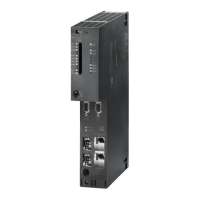
